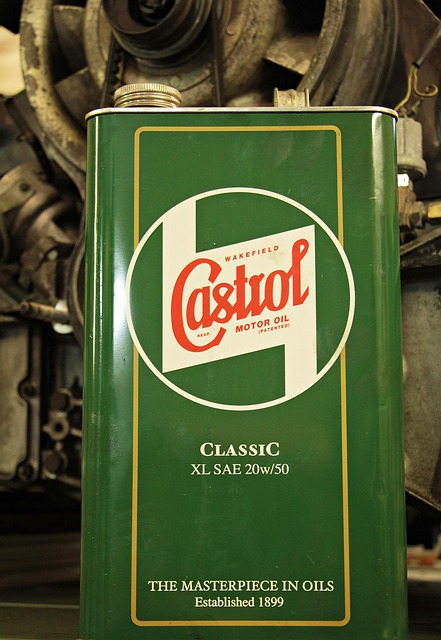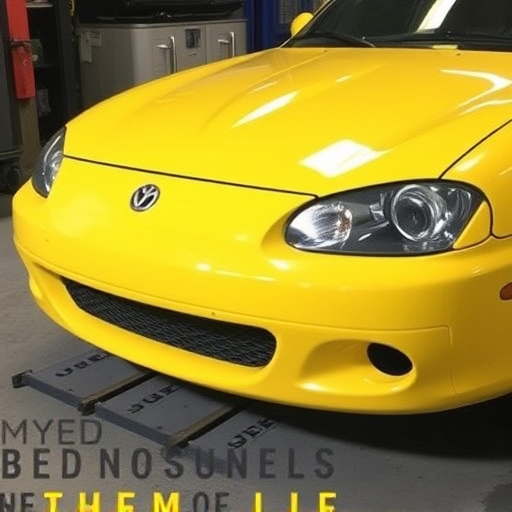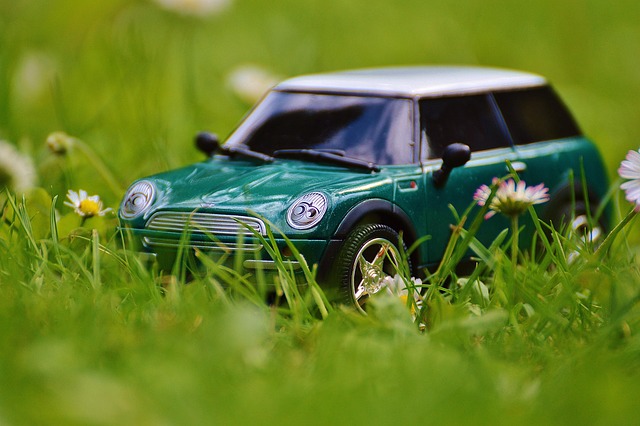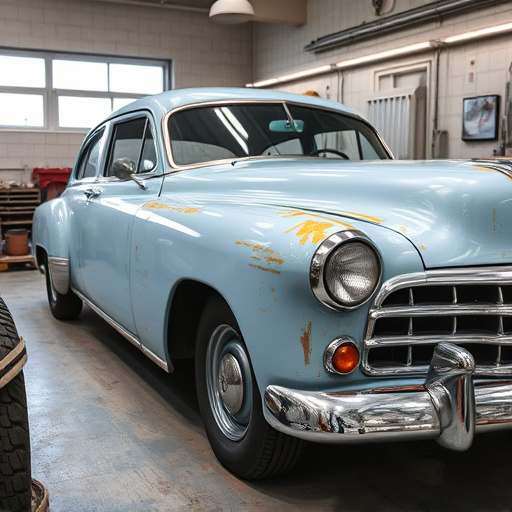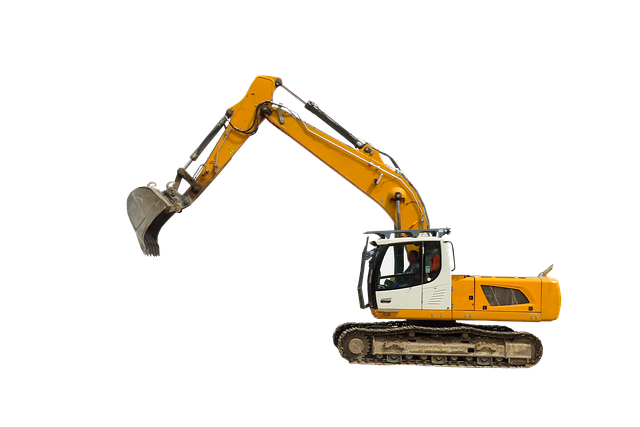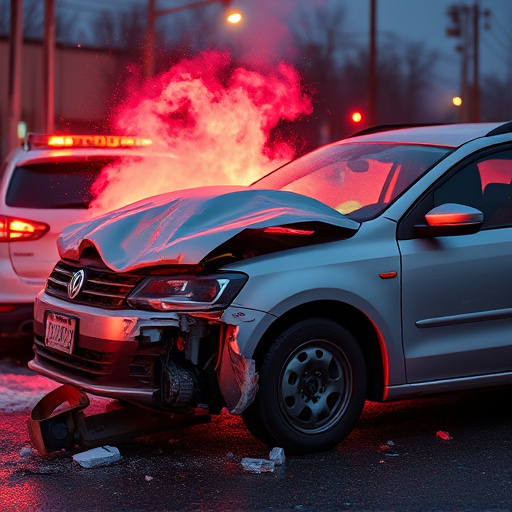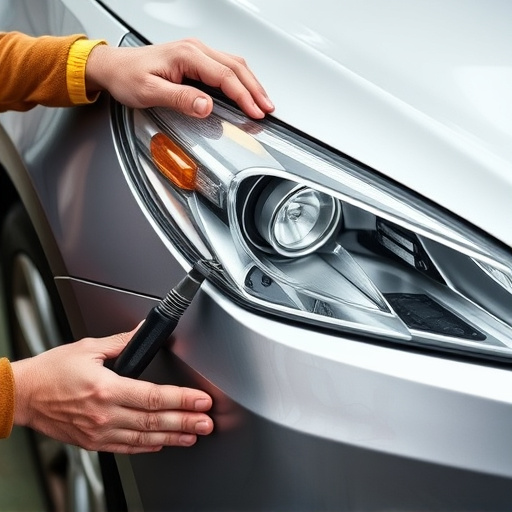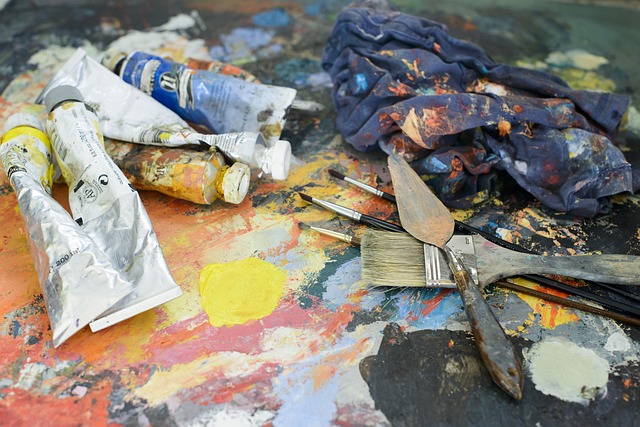Tesla PPF (paint protection film) requires careful maintenance to prevent damage from car washes. Inspect for visible scuffs, cracks, or bubbles; check underlying paint for chips or discoloration. Professional repair is recommended for complex damage. Restoring PPF involves detailed washing, inspection, using specialized cleaners, and fine-grit sandpaper. Guide provides step-by-step process and essential tools for effective Tesla PPF repair.
“Experience a chip or scratch on your Tesla’s pristine finish after a car wash? Don’t panic! This guide delves into the world of Tesla Paint Protection Film (PPF) repair, offering a step-by-step approach to rejuvenating your vehicle’s protective layer. Understanding PPF and common car wash issues is key. Learn to identify damage signs that demand attention, and master the art of effective PPF restoration for a like-new Tesla exterior.”
- Understanding Tesla PPF and Common Car Wash Issues
- Evaluating Damage: Signs Requiring PPF Repair
- Step-by-Step Guide to Effective PPF Restoration
Understanding Tesla PPF and Common Car Wash Issues
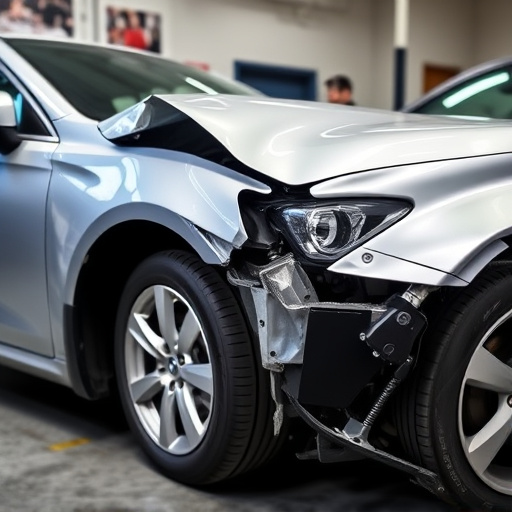
Tesla’s Paint Protection Film (PPF) is a popular choice for vehicle owners seeking to safeguard their cars’ paint jobs from minor scratches, chips, and other forms of damage. This durable, clear film acts as a protective barrier, preserving the car’s original finish and enhancing its overall appearance. PPF is particularly beneficial for Tesla owners due to the brand’s sleek, high-gloss finishes, which can be vulnerable to damage from airborne debris, bird droppings, and the harsh chemicals found in many commercial car washes.
While car washes are designed to clean vehicles efficiently, they can also introduce various issues that impact the PPF. Common problems include chemical etching from aggressive cleaning solutions, micro-scratches caused by rough wash cloths or buffers, and even bubble damage from improper drying techniques. Recognizing these potential challenges is crucial for Tesla owners who wish to maintain their PPF and avoid costly collision repair or automotive restoration work down the line.
Evaluating Damage: Signs Requiring PPF Repair
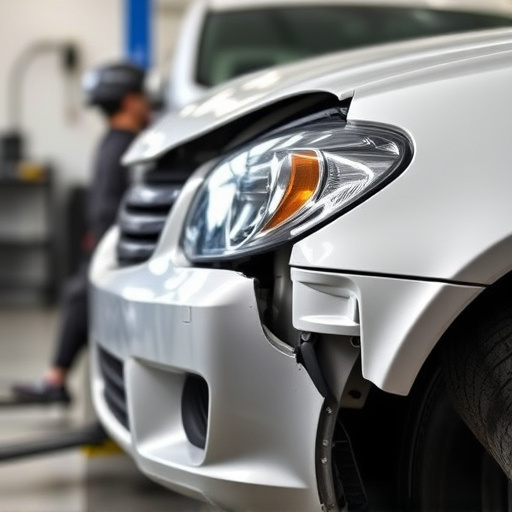
Evaluating Damage: Signs Requiring Tesla PPF (Paint Protection Film) Repair
After a car wash, it’s crucial to inspect your Tesla for any signs of damage that might require PPF repair. While paint protection film is designed to safeguard your vehicle’s finish against minor scrapes and scratches, heavy duty washing techniques or exposure to harsh elements can still cause damage underneath the film. Look for noticeable scuffs, cracks, or bubbles in the PPF itself—indications that the film has been compromised and needs professional attention.
Additionally, keep an eye out for signs of underlying paint damage, like chips or discoloration, which could have occurred due to contact with abrasive washing materials or airborne debris. If you notice any of these issues, it’s best to consult a specialized Tesla PPF repair service, especially if the damage extends beyond the film’s coverage. While DIY solutions may be tempting for minor issues, proper repair by an experienced technician ensures a seamless and protective finish for your Tesla’s exterior. Remember, protecting your investment is key—especially when it comes to preserving the pristine appearance of your vehicle.
Step-by-Step Guide to Effective PPF Restoration
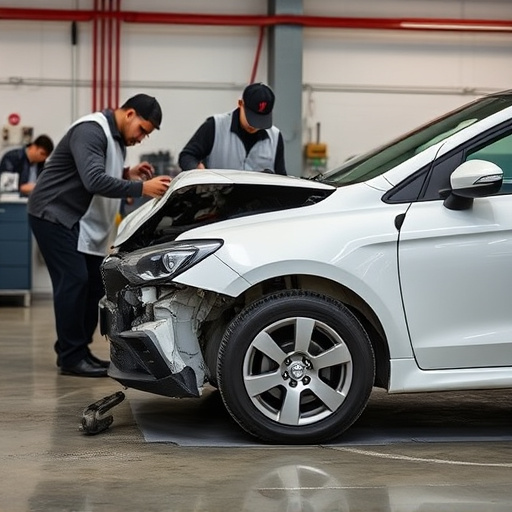
Restoring a Tesla PPF (paint protection film) involves a meticulous process to ensure the film regains its protective qualities and aesthetic appeal. Here’s a step-by-step guide for effective restoration:
1. Preparation: Begin by thoroughly washing and drying the vehicle to remove any dirt or residue that might hinder the repair process. Inspect the PPF for damage, focusing on chips, cracks, or delaminations caused by a car wash. Gather all necessary tools, including specialized cleaning solutions, sandpaper (fine-grit), and a high-quality applicator blade.
2. Cleaning and Surface Preparation: Use a dedicated PPF cleaner to thoroughly clean the damaged area and its surroundings. Remove any existing debris or contaminates. Lightly sand the surface with fine-grit sandpaper to smoothen the edges of the damage, taking care not to scratch the surrounding undamaged film. Wipe down the area again to ensure it’s free from dust and particles.
After thoroughly understanding Tesla’s Paint Protection Film (PPF) and common car wash damage, recognizing signs that require repair, and following a step-by-step restoration guide, you’re now equipped to effectively fix PPF issues. Remember, prompt action is key; the faster you address car wash damage, the better the outcome for your vehicle’s protective layer. By implementing these steps, you’ll ensure your Tesla remains in pristine condition, showcasing its gleaming finish and enhancing its overall aesthetics.


